Samardala is a herbaceous plant that belongs to the allium family and is endemic to the Balkan Peninsula. As a component of lean salt as a seasoning samardala is used dried and crushed. Samardala (Nectaroscordum siculum ssp. Bulgaricum syn. Allium bulgaricum) is one of the main ingredients in Bulgarian traditional colorful salt.
In translation from Greek, its name means garlic nectar and coincidentally the English name of the spice is Honey Garlic. Samardala is known as chives, Bulgarian onions, garlic Bulgarian and others. Actually samardala is a spice that is used mostly only in Bulgaria and in particular in the region of Strandja, Sliven, Stara Zagora, Kazanlak and the Sunny Beach.
Southeast samardala can be found fresh or dried in markets, and people grow it as a mandatory plant in their yards. Samardala is also found in smaller amounts in Romania, Moldova, the Crimea, in the Caucasus, even in Turkey, and the southern parts of Italy and France.
You can see it in the wild undergrowth of beech and hornbeam forests. It is a bulbous plant from which a few thin and long stems to 40 cm spring. Samardala is a close relative of garlic and onions, but its leaves are different. One legend says that when God created plants, he caught the leaves of the samardala to get it out of the ground and thus obtain the specific form of its leaves.
Samardala leaves grow in March, but its beautiful colors appear in April-May. The flowers of the plant are bell-shaped, colored in a mix of purple, yellow, pale pink, white, brown. That is why samardala can be grown as an ornamental plant by many lovers of flora.
Samardala has a strong and slightly bitter taste, especially if it's fresh. The fresh leaves are much more pungent than onions. But the most popular is the dried version, in which the leaves are dried for a day and ground to a paste, then mixed with salt.
Spread this mixture and leave it to dry again. Some people crush or chop fresh samardala with salt, which is a more extreme option for its preparation – the pungency that the plant emits is many times stronger than when cutting onions and crying. The spice has a characteristic green color and is not dark, it should be stored in a dry, dark place.
Samardala contains less aromatic substances, so essential oil can not be extracted. Rather its combination with salt shall fix its aromatic substances, so the plant is dried offered in this duet. The amount of samardala-salt should be 1-1.
Drying only takes about 30-40 days, in shady, airy rooms at up to 30 degrees, stirring the mixture occasionally. If samardala is dried at a higher temperature, it is possible for its fresh green color to be lost and the spice browned.
Culinary uses of samardala

If you decide to try a taste of a dish prepared with samardala, you know that the fresh leaves are better than the cooked. Please use only the dry mixture. Fresh samardala can be put in salads and in particular those with tomatoes and cucumbers, which the spice blends pretty well with.
Sprinkle the salad with crumbled cheese, because samardala successfully complements their taste. Samardala gives an interesting taste to green salad or dishes with spinach, rhubarb, nettles.
Dried samardala is excellent for flavoring potatoes cooked in any form, as well as eggs, chicken, lamb and lamb offal, roasted mushrooms and rice. Toast, spread with butter and sprinkled with samardala brings back many nostalgic memories of your childhood. It is important to note that the salt in spices is samardala itself, which means that you should use it in moderation or add spices to the dish, do not add much salt separately.
Benefits of samardala
Samardala is included in the list of herbs, which come under the provisions of the Law on Medicinal Plants Gazette on 9/21/2002 91. There is evidence that the plant responds well to conditions of hypertension, but with the addition of salt, it can be challenged.
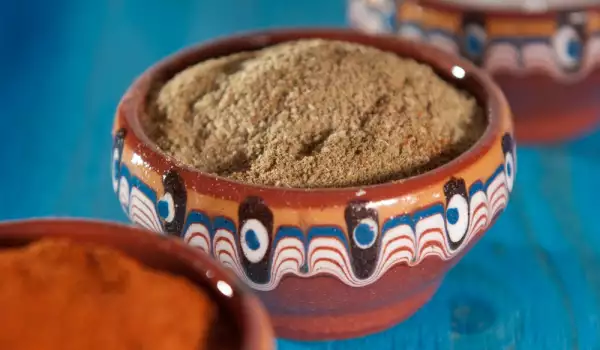
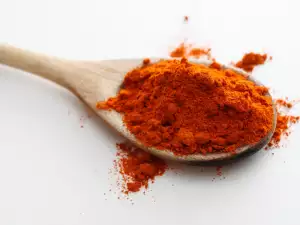
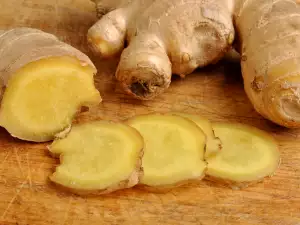
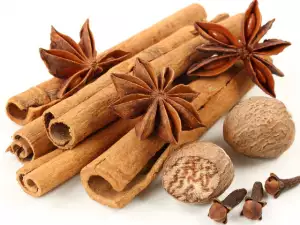
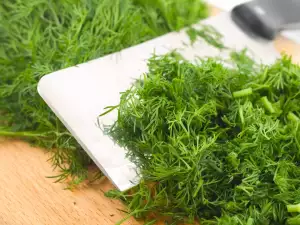
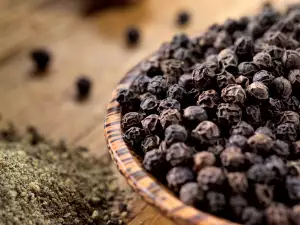



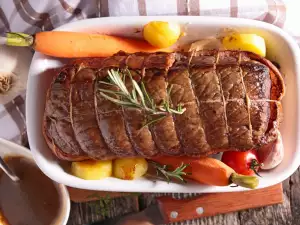






Comments